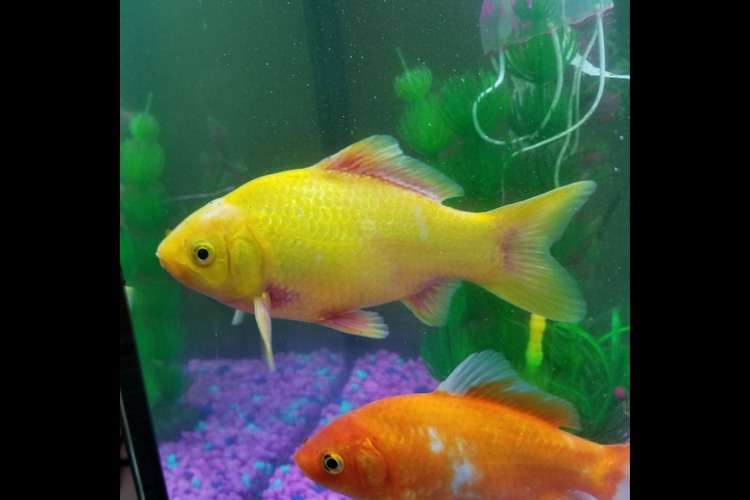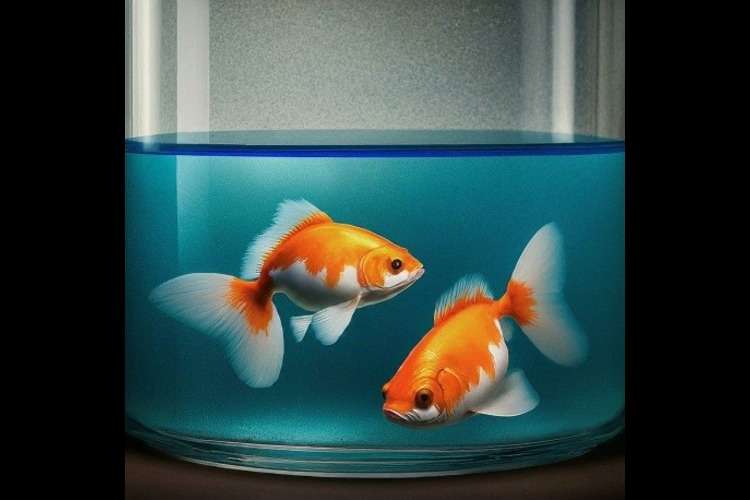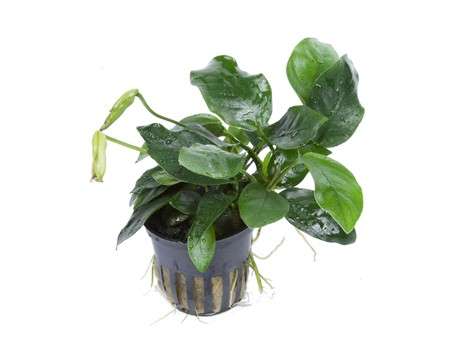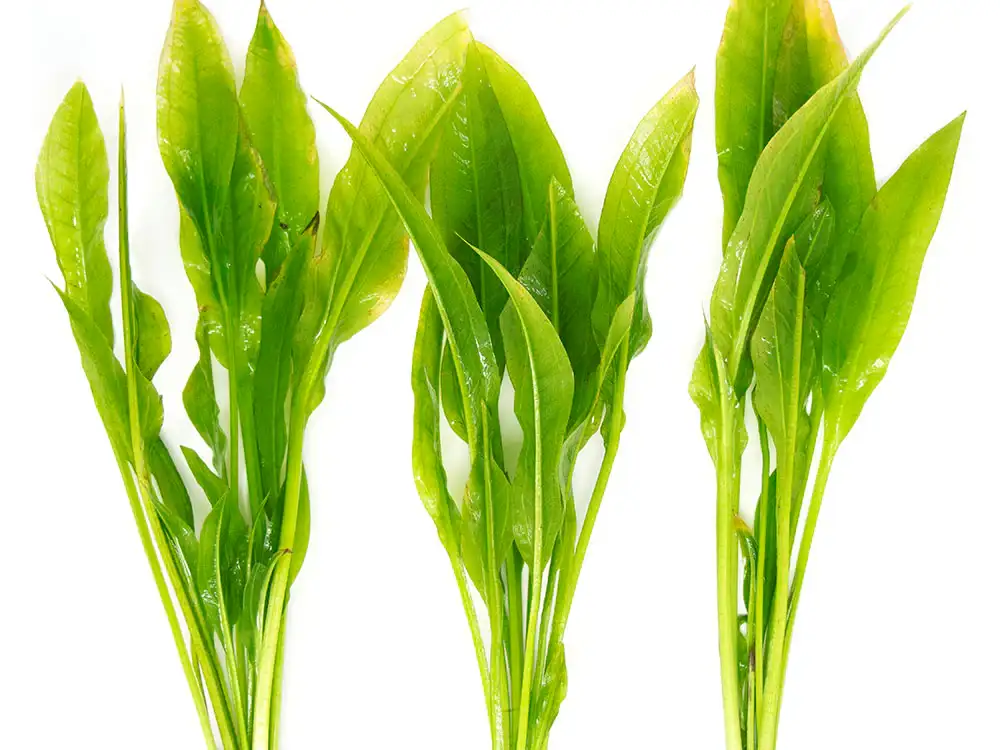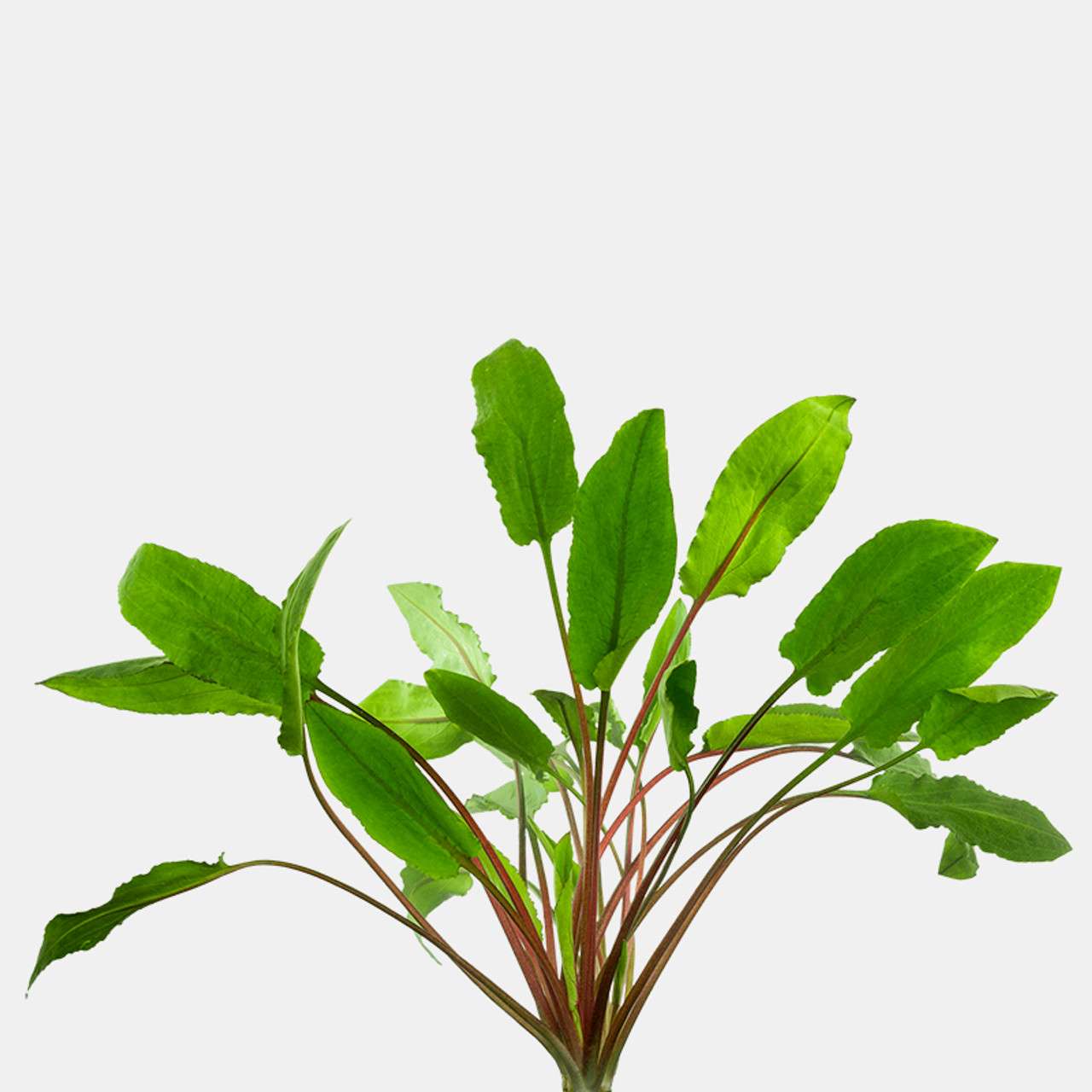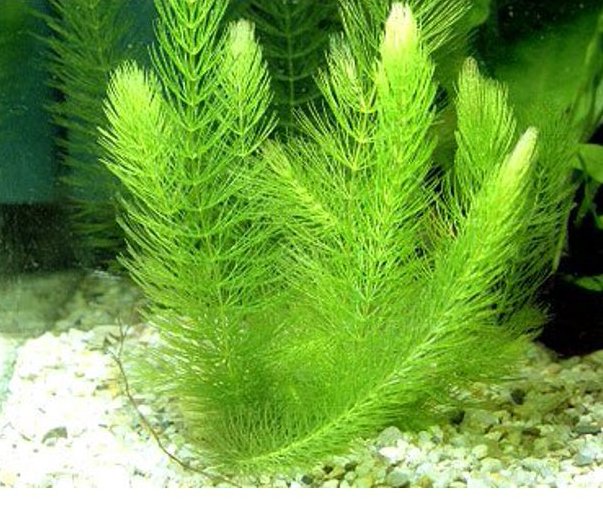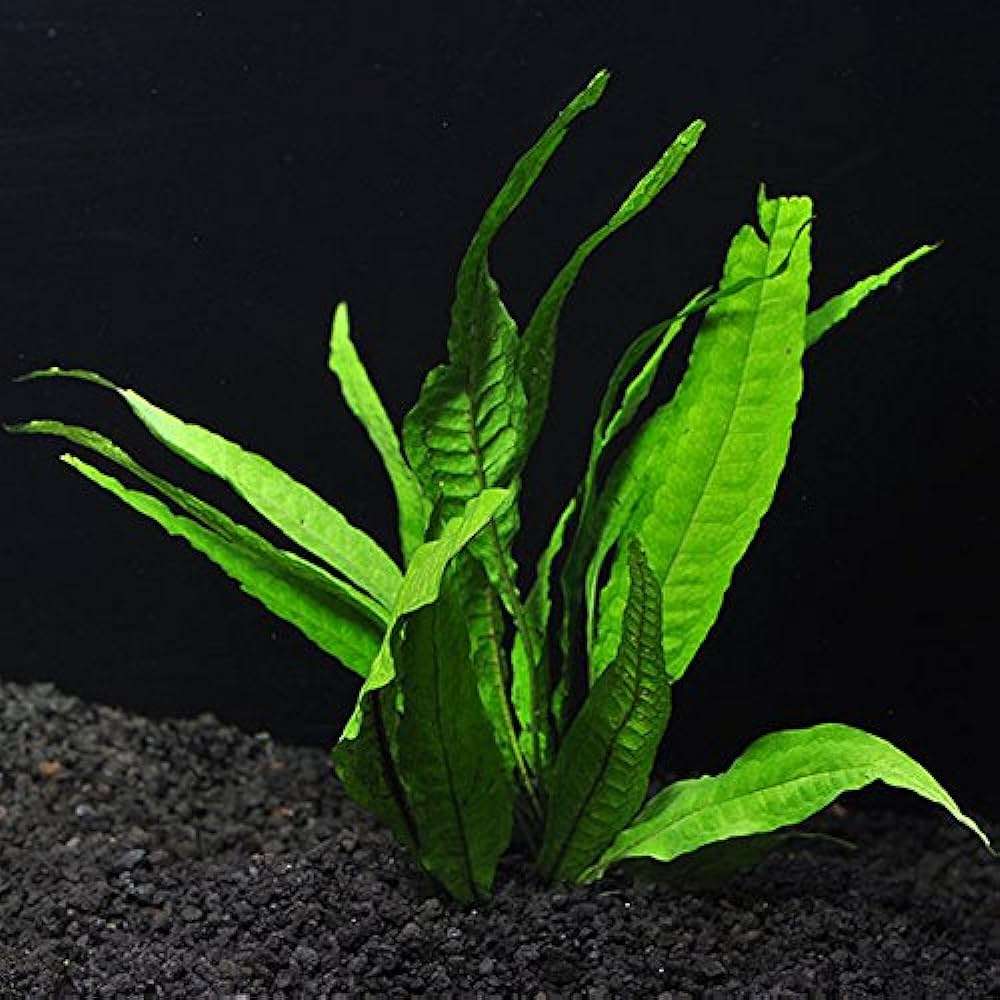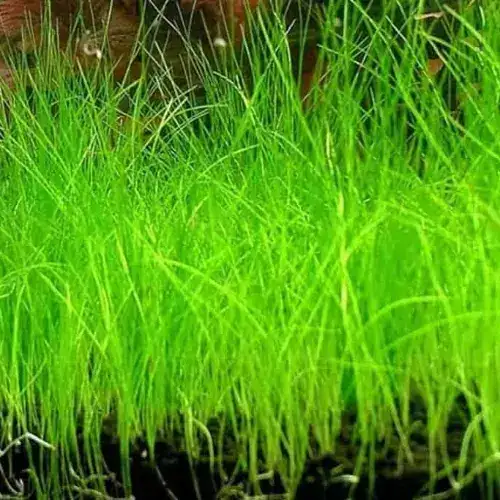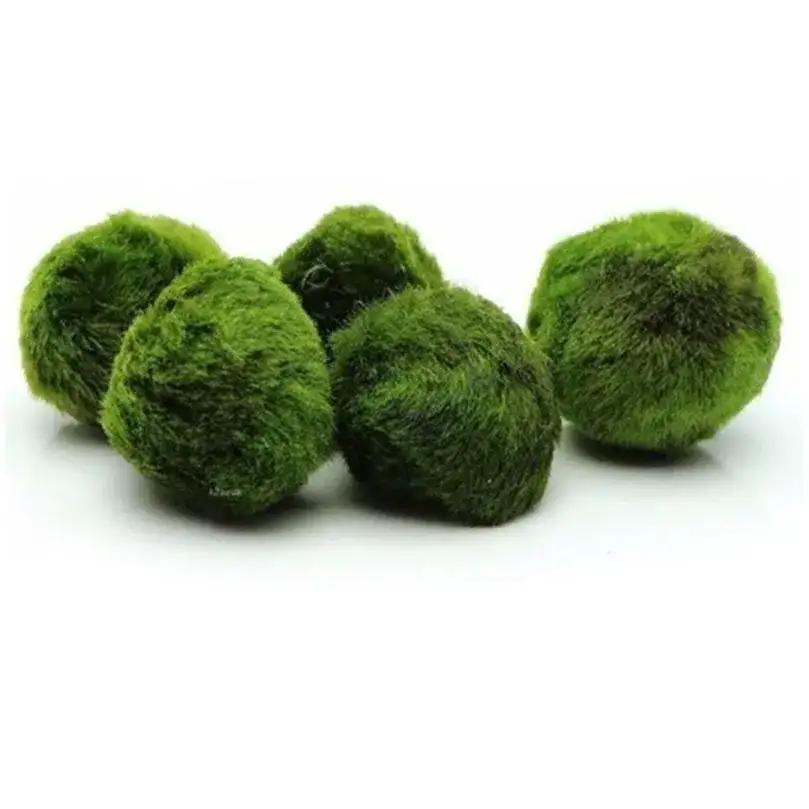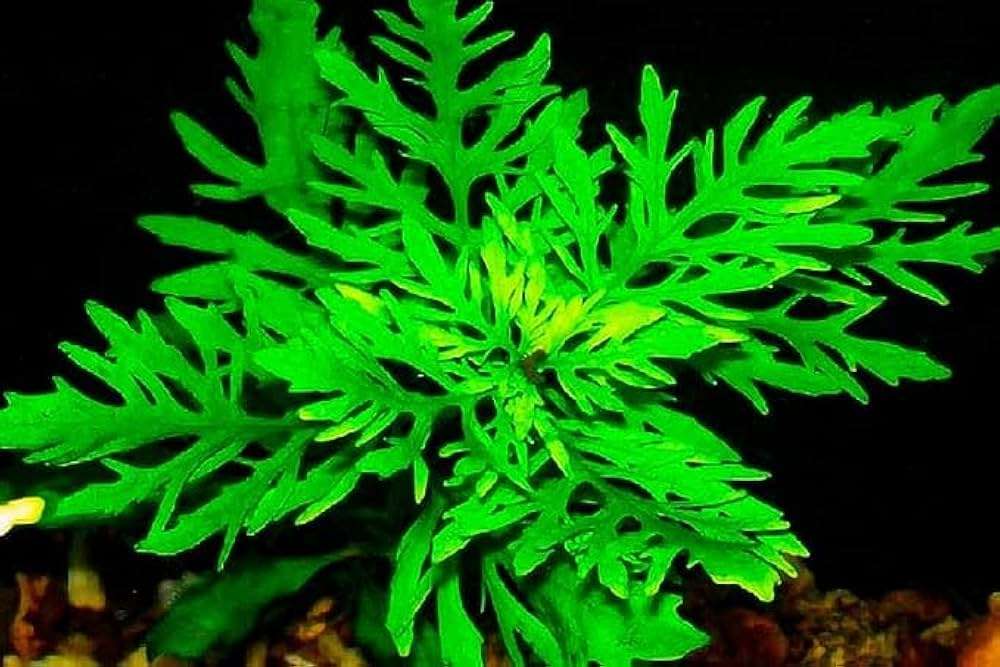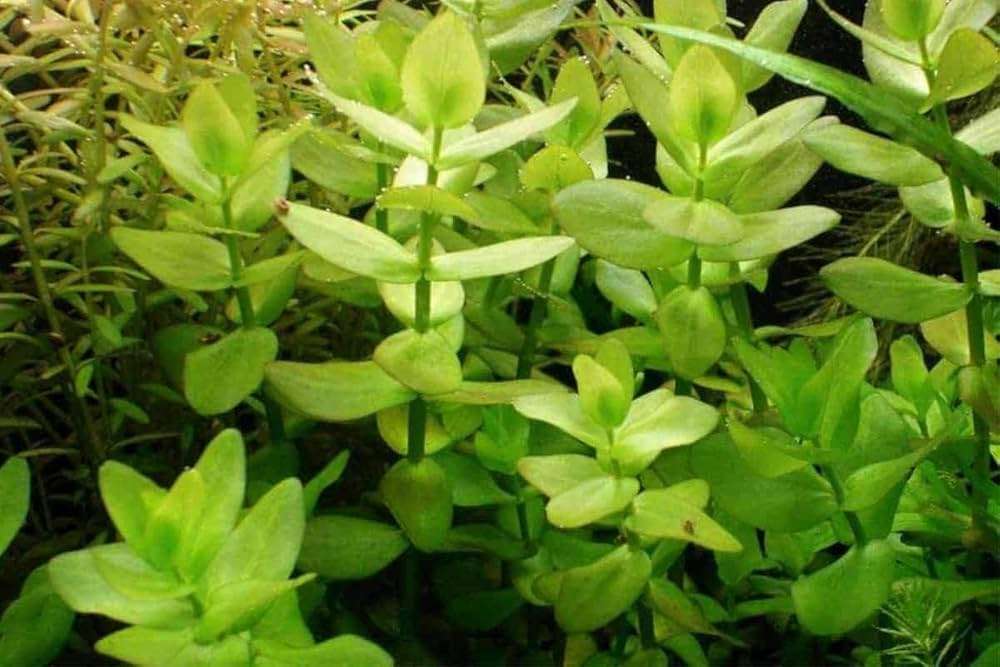Anubias Rot: Symptoms and Solutions for Your Aquarium
Learn to identify Anubias rot in your aquarium. Discover symptoms, causes, and effective treatments to save your Anubias plant and maintain a healthy environment.
Table of Contents
- Why Is My Anubias Dying?
- Do I Have Anubias Rot?
- What Makes an Anubias Plant Go Bad?
- How to Stop Anubias Rot?
- Faq
- Conclusion
Anubias plants are very popular in aquariums, due to their robust nature and beauty. Yet, even these strong plants face challenges, with the most disturbing being Anubias rot. If you notice your Anubias struggling, this blog will help you find out how to identify, understand, and solve the problem.

Why Is My Anubias Dying?
Identify the cause of the yellow color, falling or dropping leaves, and mushy rhizomes. A dying Anubias can be a result of improper water quality, lack of nutrients, or even more critical causes such as Anubias rot.
Common signs that your plant is not doing well are the following:
• Yellowing or browning leaves.
• The leaves are falling out from the rhizome.
• Your plant smells bad.
• Rhizome soft or mushy.
It often can be saved before the damage becomes irreversible by acting quickly.
Do I Have Anubias Rot?
Anubias rot refers to the rhizome's decay. This is the central stem-like structure of the plant. Some of the symptoms include:
• Rhizome is brown or black.
• Slimy or mushy to the touch.
• Leaves easily fall off.
Contrasting general plant rot, Anubias rot often seems localized but may propagate the disease in parts of the whole plant. Identification is done well before it eventually leads to whole-plant death.

What Makes an Anubias Plant Go Bad?
• Bad Water Conditions: Ammonia or other forms of salts and nitrite can also harm the plant when at its concentrated stages and is already toxic for many fish tank fish.
• Planting Method: The rhizome may be covered by the substrate and thus can suffocate and start to rot. Anubias rhizomes should always be kept above the substrate.
• Fungal or Bacterial Infections: When the water pathogens infect the weak plants, the rotting may occur.
• Physical Damage: A cut or bruise on the rhizome provides an entry for bacteria and fungi.
• Lack of essential nutrients especially potassium and iron, which weaken the plant, thus making it more vulnerable to rot.
Knowing the cause can help in choosing the right course of action to prevent further damage.
How to Stop Anubias Rot?
Here are some simple steps to save your Anubias plant:1. Inspect and Prune: Remove the affected parts of the plant through a clean, sharp pair of scissors. Make sure that you cut off all mushy or discolored parts of the rhizome.
2. Improve Water Quality: Do a water change and test the pH level. Maintain stable pH, and ammonia and nitrite levels at zero.
3. Planting Correctly: If the rhizome was buried, then replant the plant carefully. Tie it onto driftwood or rocks using thread or aquarium-safe glue.
4. Anti-Fungal Treatments: A mild anti-fungal or anti-bacterial treatment can be applied to prevent infection from spreading.
5. Proper Lighting and Nutrients: The plant should be exposed to proper lighting and liquid fertilizers to correct any nutrient deficiencies.

The plant will only recover and thrive if proper care is maintained constantly.
Faq
1. Why is my Anubias turning yellow or brown?
Poor water quality, nutrient deficiencies, or early rot.
2. What are the symptoms of Anubias rot?
Brown/black rhizome, mushy texture, falling leaves, foul smell.
3. What causes Anubias rot?
Poor water quality, buried rhizome, infections, damage, or nutrient deficiency.
4. Can Anubias rot spread to other plants?
Yes, if untreated.
5. How do I prevent Anubias rot?
Maintain water quality, don’t bury the rhizome, avoid damage, and provide nutrients.
6. How to treat Anubias rot?
Prune affected parts, improve water quality, replant correctly, and use anti-fungal treatment.
7. Why does rotting Anubias make the water smell bad?
It releases decaying compounds.
8. Can poor water conditions harm fish?
Yes, it stresses fish and causes diseases.
9. How should I plant Anubias?
Tie it to rocks or driftwood, keeping the rhizome above the substrate.
10. Do Anubias plants need fertilizers?
Yes, for nutrients like potassium and iron.
Conclusion
Rot in Anubias can be quite a scary situation, but proper knowledge and timely action often can save the plant. Maintenance is one of the most effective preventive measures, including proper planting and monitoring of water changes and water quality. The symptoms will then be dealt with early on by following the above solutions to help your Anubias return to its former bright, healthy appearance.



